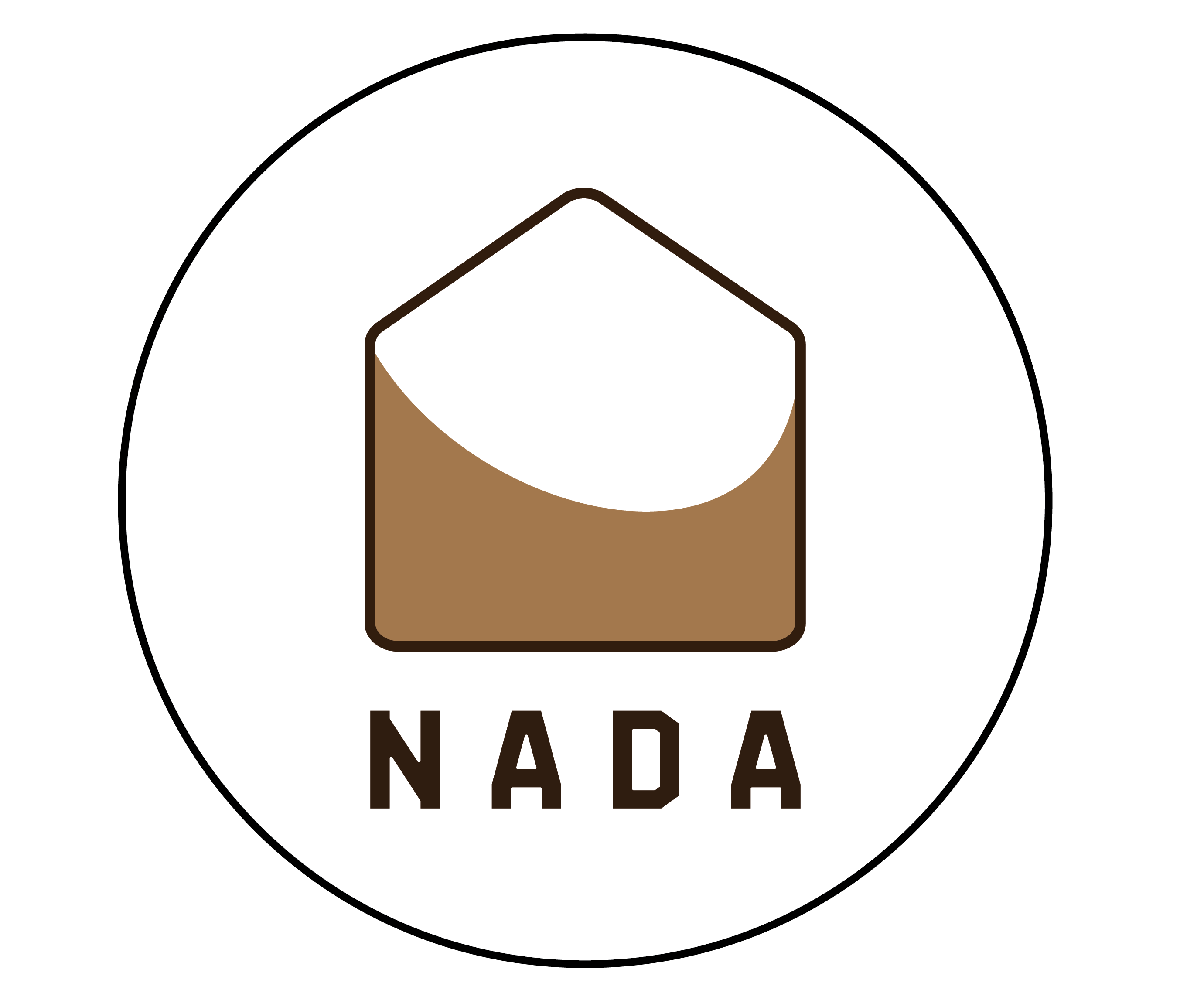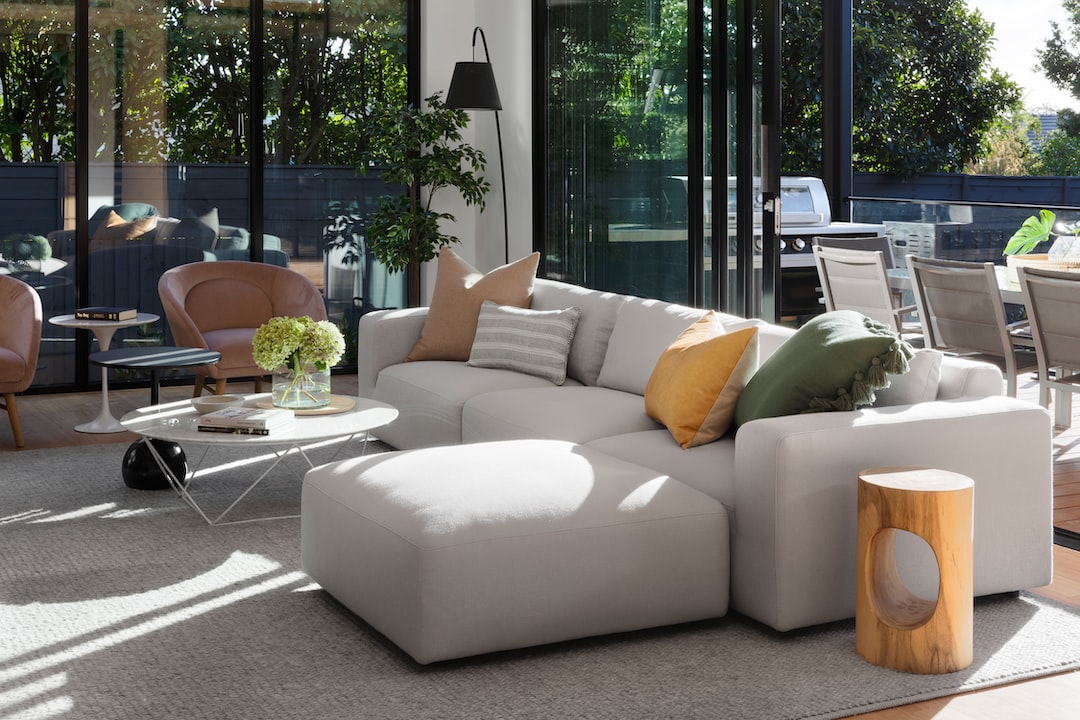The Role of Animation in Enhancing User Experience in Interior Design
In the realm of interior design, capturing the attention of customers and immersing them in a captivating experience is essential. Animation has a pivotal role to play in enhancing user experience in this field, transcending traditional design methods. With its ability to bring spaces to life and communicate functionalities effectively, animation has become a valuable tool for interior designers.
One of the primary purposes of animation in interior design is to visualize spaces before they come into existence. By using 3D modeling software, designers can create virtual walkthroughs, showcasing every minute detail of a room or an entire home. This enables clients to see their dream space come alive, allowing them to make informed decisions about colors, materials, and layout. Animation adds a sense of realism, giving clients a comprehensive view of their project, thus minimizing any potential misunderstandings and subsequent revisions.
Moreover, animation serves as an effective communicator in interior design. It can illustrate the functionality and usage of various elements in a space, such as sliding doors, retractable furniture, or hidden compartments. By animating these features, designers can demonstrate their added value and make clients aware of the possibilities, increasing the overall appeal of the design. Animation helps clients visualize how spaces can adapt and transform, making their living environment more versatile and efficient.
Additionally, animation assists in conveying the ambiance and mood of a particular space. Lighting plays a crucial role in setting the tone, and through animations, designers can showcase the impact of different lighting scenarios. By manipulating shadows, intensity, and color temperature, animation can present various atmospheres, immersing clients in their potential future surroundings. Whether it’s a cozy living room or a vibrant workspace, animation can evoke emotions and help clients connect with the envisioned space on a deeper level.
In the age of technology, animation has gone beyond static visuals and has found its way into interactive experiences. Virtual reality (VR) and augmented reality (AR) technologies allow clients to virtually step into their designed spaces and interact with objects and elements. By combining animation with these immersive technologies, designers can create engaging experiences where clients can explore their future homes in a more interactive and realistic manner. This not only enhances user experience but also enables designers to receive real-time feedback, allowing them to make necessary adjustments and improvements.
In conclusion, animation plays a crucial role in enhancing user experience in the field of interior design. From visualizing spaces before construction to conveying functionalities and creating immersive experiences, animation can captivate and engage clients on various levels. By incorporating animation into their design processes, interior designers can not only improve communication but also push the boundaries of creativity, ultimately resulting in more satisfied clients and successful projects.
************
Want to get more details?
NADA Design Studio
https://www.nadadesignstudio.com/
070 390 0540
Tư vấn thiết kế nội thất


